Arizona just witnessed something unprecedented. What started as an unusual March warm-up has become a year-defining weather disaster that’s literally breaking the thermometer. Phoenix hit 99°F in March and triple-digit days arrived by April – weeks earlier than usual, setting the stage for what scientists are calling an “uncharted territory” of heat. The searing conditions didn’t just rewrite the record books—they transformed daily life across the state. Emergency rooms saw a surge in heat-related illnesses, while power grids strained under the demand for nonstop air conditioning. Wildlife and pets suffered alongside people, with drought-parched landscapes offering little relief. Farmers reported crops wilting weeks ahead of schedule, a troubling sign for Arizona’s agriculture. Scientists warn this isn’t a one-off anomaly but part of a dangerous trend driven by climate change, pushing Arizona into extremes once thought impossible.
The March That Changed Everything
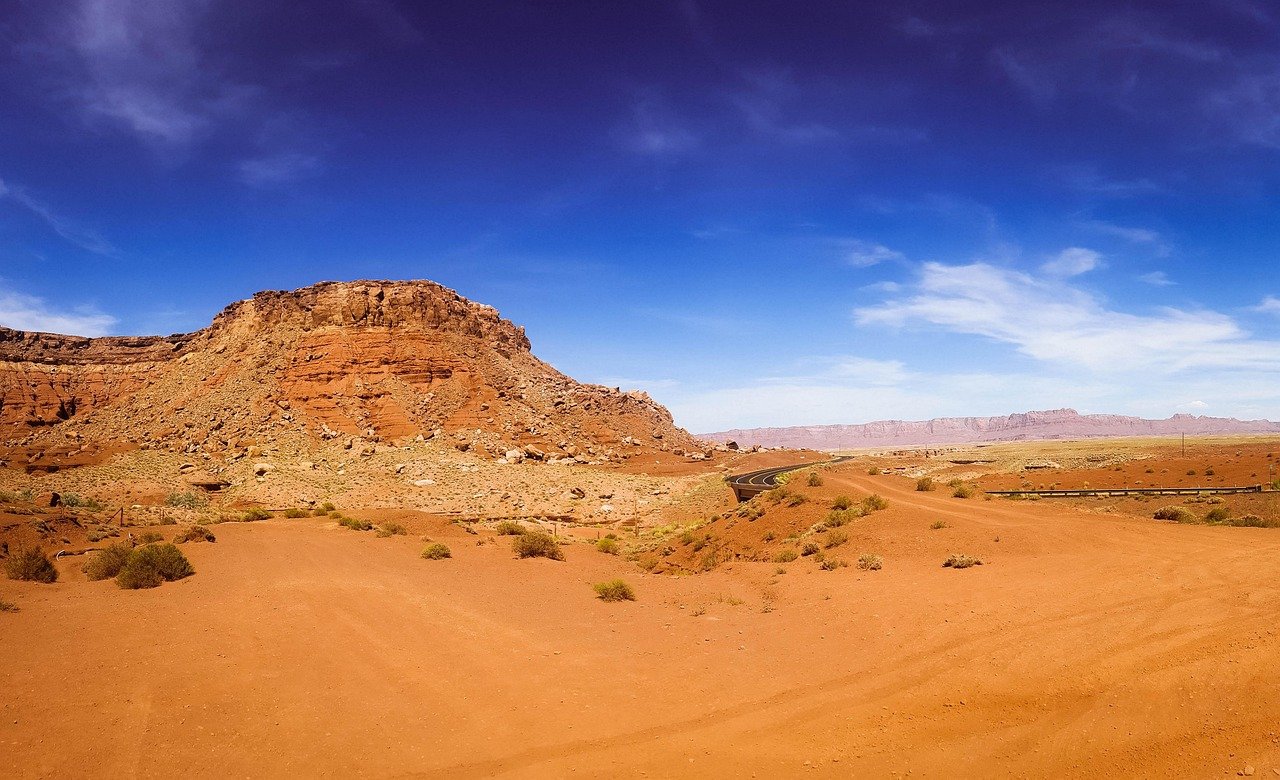
When most places were still shaking off winter’s chill, Arizona was already sweating. Phoenix is projected to face unprecedented March heat, with forecasts suggesting record-breaking temperatures. But this wasn’t just one hot day – it was the beginning of a relentless assault on Arizona’s weather history books. Think about it: March temperatures that should come in May, April heat that belongs in June.
Temperatures jumped 10 to 20 degrees above normal for this time of year across the state. That’s not a slight uptick – that’s the difference between a warm spring day and stepping into an oven. Local meteorologists watched their forecasts with disbelief as each prediction seemed conservative compared to what actually happened.
When Phoenix Hit Record-Breaking Heights
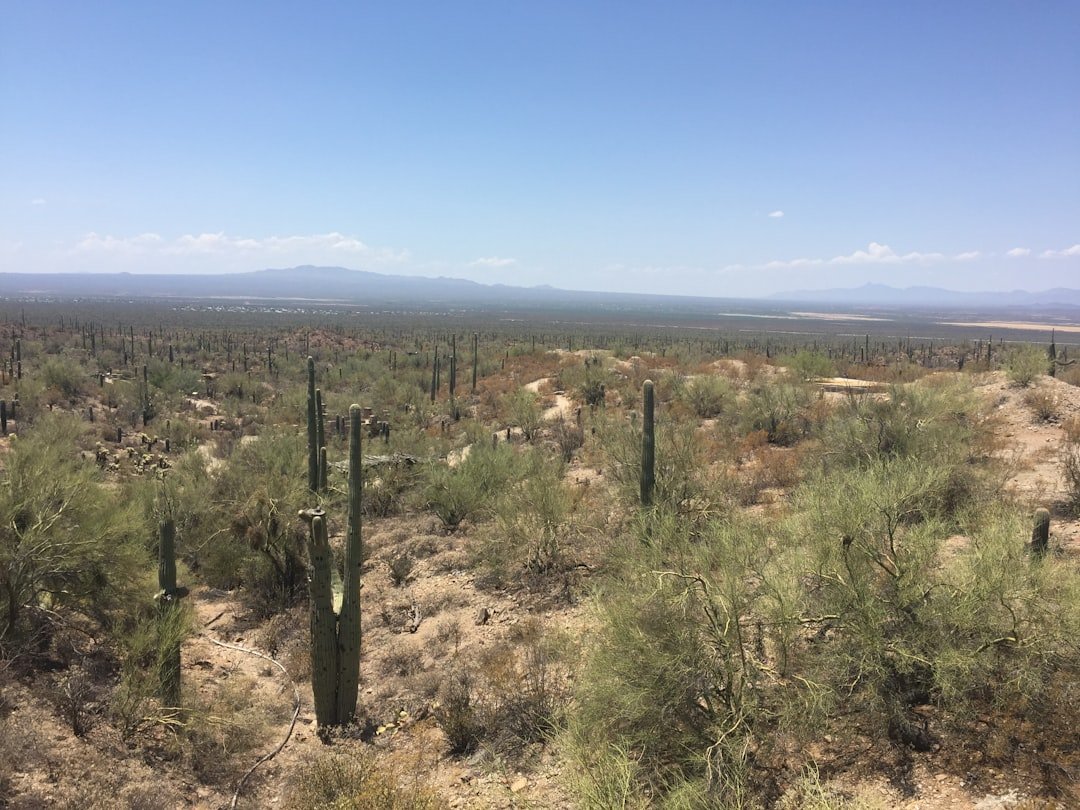
Phoenix is expected to approach dangerous temperature thresholds in August, with forecasts suggesting temperatures could challenge existing records. But the real shocker came with another milestone. The city broke yet another daily heat record when the mercury hit 118 degrees, marking the city’s hottest day of the year.
If Phoenix reaches 118 degrees on Thursday, it will be the hottest temperature ever recorded in August. Let that sink in – not just hot for the day, not just hot for the week, but the hottest August temperature ever recorded in a city that’s been keeping weather records for nearly a century.
The Deadly Consequences of Extreme Heat
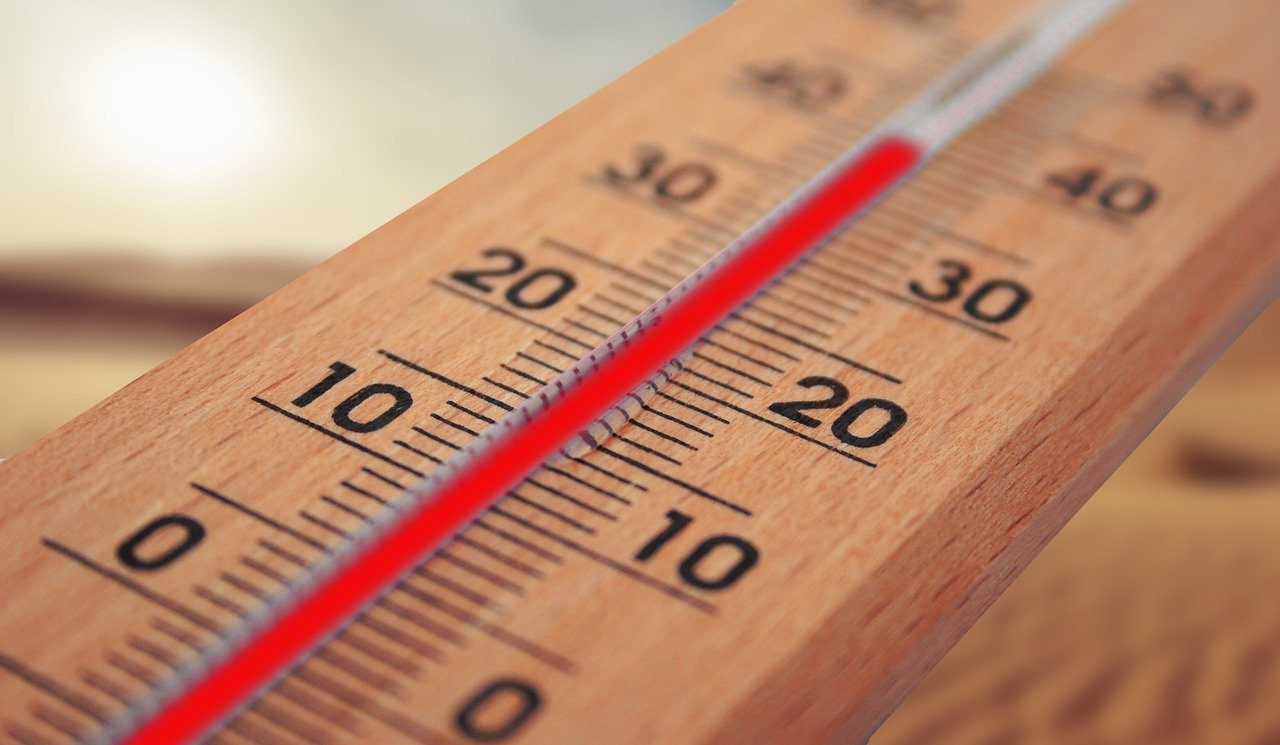
Behind every temperature record lies a human cost that’s impossible to ignore. Recent data from Maricopa County Public Health shows concerning heat-related fatalities, with 15 deaths directly caused by heat exposure while 14 had heat as a contributing factor. These aren’t just statistics – they represent families torn apart by temperatures that push the human body beyond its limits.
The context makes these numbers even more sobering. In 2023, there were 645 heat-related deaths according to Maricopa County’s annual report, obliterating the previous record of 425 in 2022. From 2021 to 2023, thirteen times more people died of heat-related causes than from 2001 to 2003, showing how this crisis has exploded in just two decades.
The Science Behind Arizona’s Heat Nightmare
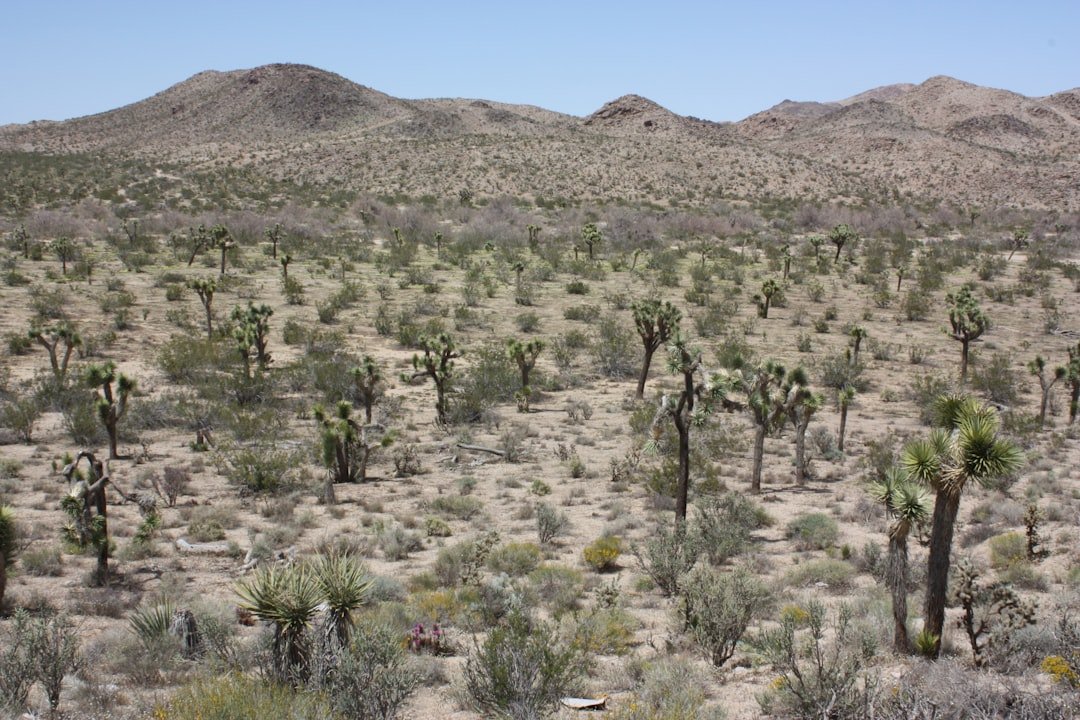
What’s driving these apocalyptic temperatures isn’t just bad luck – it’s a perfect storm of climate factors. A persistent high-pressure dome over the Southwest has pushed temperatures to 100-110°F in Phoenix and deserts, with forecasts predicting highs of 115°F or more. This isn’t your typical summer weather pattern; it’s a heat engine that refuses to shut off.
Climate change is pushing baseline temperatures higher, making it more likely for heat waves to reach unprecedented levels, including overnight hours where temperatures aren’t cooling down like they did before. Hot nights prevent the body from recovering after sweltering days and make heat-related illnesses more likely, especially among older adults, children, people with chronic illnesses, and outdoor workers.
Urban Heat Islands Making Everything Worse
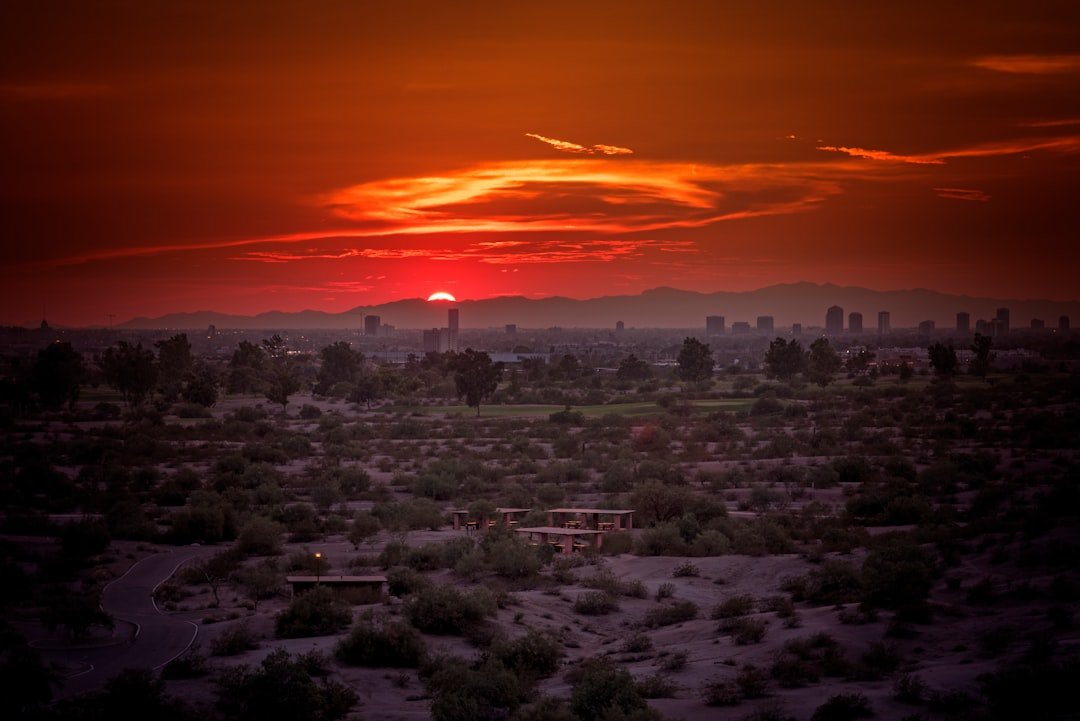
Phoenix isn’t just dealing with natural heat – the city itself has become a heat-trapping machine. The global temperature has risen by approximately 2 degrees Fahrenheit since 1880, but in Phoenix you can add another 5 degrees to that number due to the urban heat island effect, which occurs when temperatures increase due to heat retained by structures and ground coverings.
The built environment and population density of the Phoenix area amplify temperatures by about 7.4 degrees, on average. Walking through downtown Phoenix in summer isn’t just hot – it’s like being inside a massive concrete oven that never stops cooking. A sidewalk registered 136 degrees, the road was a blistering 146, a bike rack was 125 degrees, a mailbox clocked in at 136 and sand in a kid’s playground reached 131 degrees.
Infrastructure Melting Under the Pressure
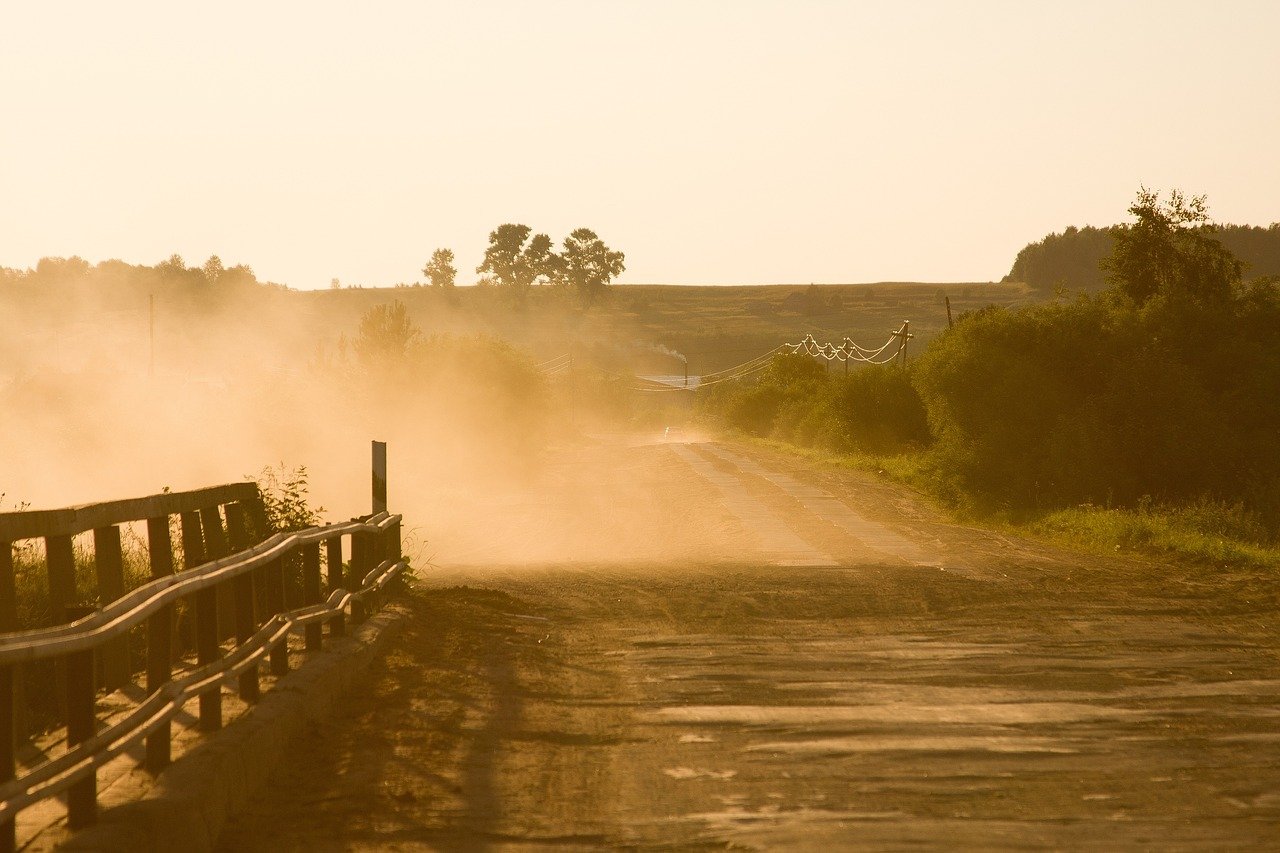
Arizona’s infrastructure is literally buckling under this heat assault. Roads and rails may buckle under extreme heat, causing roadways to buckle, rut, and crack, leading to increased maintenance costs and more frequent replacement. Imagine trying to drive on asphalt that’s soft enough to leave footprints in – that’s the reality facing Arizona’s transportation network.
Energy demand surges as people try to stay cool, putting additional stress on the power grid, with customers setting records for peak energy demand. In extreme heat, air conditioning becomes even more essential, which overburdens unstable power infrastructure and increases the risk of power outages – which studies estimate could send half of Phoenix to the emergency room.
The Streak That Broke All Records
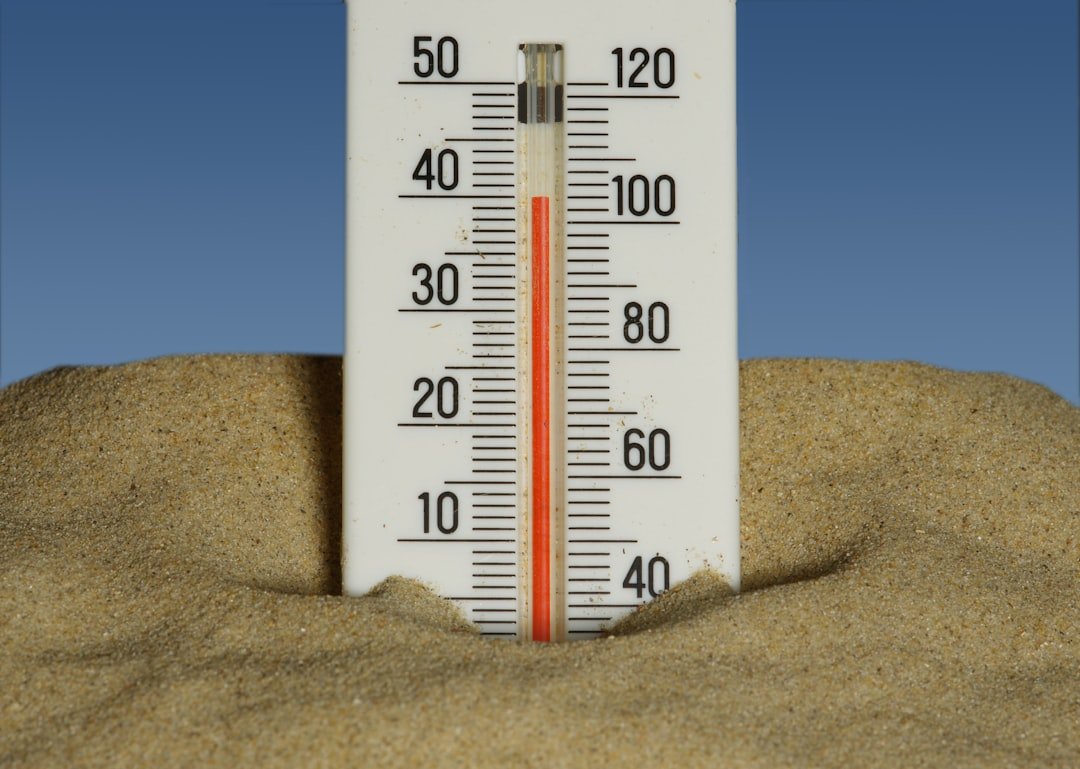
Phoenix has experienced extended periods of triple-digit temperatures, with recent years seeing increasingly long streaks above 100°F, surpassing previous extended heat streaks. That’s nearly four months straight of triple-digit temperatures – imagine not seeing your thermometer drop below 100°F from late spring through early fall.
In 2023, the city experienced a record-setting 31 consecutive days over 110 degrees, a brutal stretch that strained power grids, overwhelmed cooling centers, and tested the limits of human endurance. This year has already had a 17-day run of temperatures exceeding 100 degrees, including seven where highs were above 110.
When Heat Becomes a Public Health Emergency

Arizona’s heat has transformed from a weather inconvenience into a genuine public health crisis. Collaborative research with the Centers for Disease Control shows that heat-associated deaths in Arizona can occur with temperatures in the mid 80s and hotter. That means potentially deadly conditions start at temperatures that other states consider pleasant spring weather.
While the heat-related death rate has roughly doubled in the past twenty years nationally, it has increased roughly tenfold in Arizona, with rates now dwarfing other hot-weather states like Texas, which had over 300 heat-related deaths in 2023 while Maricopa County had 645 despite having less than one-sixth the population.
The Economic Toll of Unlivable Heat
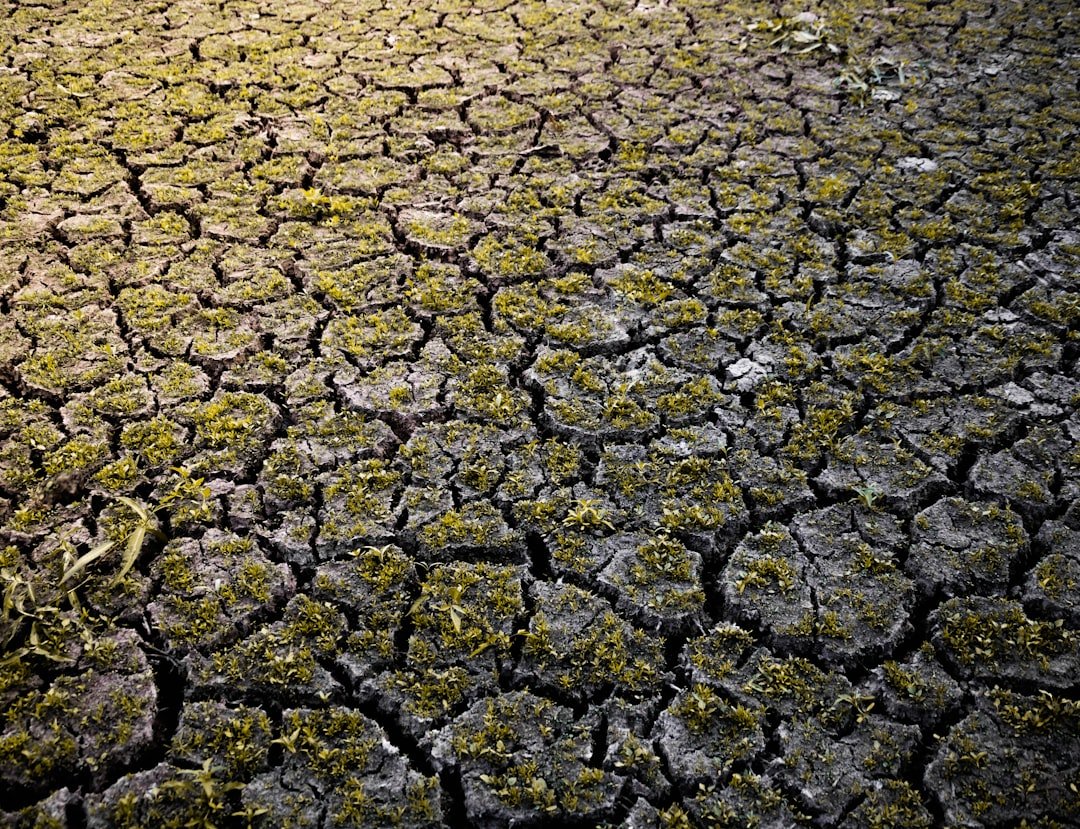
The agricultural industry suffers, and tourism – a major economic driver in Arizona – may decline as more days become dangerously hot for hiking, sightseeing, or simply being outdoors. Some of the most visited national parks have been forced to close this season due to extreme heat.
Maricopa county is one of six counties in Arizona at risk of becoming uninhabitable to humans in the next 20 to 40 years, with more than 150 people dying from heat waves in 2016-2018, and worst-case scenarios predicting 122-degree temperatures and thousands of deaths. The numbers paint a picture of a region approaching the limits of human habitability.
Fighting Back Against the Heat Monster

Phoenix isn’t surrendering to this heat apocalypse without a fight. The city is operating a new 24/7 respite center and expanding cooling center hours, with Mayor Kate Gallego stating they’re equipped with lessons learned and determination to maximize their impact. Phoenix has invested nearly $185 million over five years on projects and homeless services, spending $3 million on heat relief services last year alone, opening two overnight heat respite centers and extending cooling center hours.
Collaboration with residents has resulted in strategies prioritizing reducing the urban heat island effect and fostering community connectivity, maximizing shade, ventilation, and cool building materials, with backup water supply and generators for resilience during extreme heat events.
The Future That’s Already Here

Phoenix and the greater Southwest are at the frontline of climate change and heat, and what’s happening here may soon become more common in other parts of the U.S. as global temperatures rise. By 2050, people in Phoenix are projected to experience an average of about 47 days per year over 110°F, compared to about 7 days in 1990.
Climate scientists warn that Arizona is absolutely entering uncharted territory when it comes to heat, with the Southwest expected to see longer, hotter, and more frequent heat waves over the next several decades. This isn’t a distant future problem – it’s the reality Arizona residents are living through right now.
Arizona’s record-shattering heatwave of 2025 represents more than just broken thermometers – it’s a preview of humanity’s climate future playing out in real time. The state that was once synonymous with dry, manageable heat has become ground zero for testing the limits of human adaptation to extreme temperatures. As Phoenix and other desert cities implement desperate cooling measures and infrastructure upgrades, one question lingers: if Arizona’s heat is this overwhelming now, what will summers look like in another decade?

Jan loves Wildlife and Animals and is one of the founders of Animals Around The Globe. He holds an MSc in Finance & Economics and is a passionate PADI Open Water Diver. His favorite animals are Mountain Gorillas, Tigers, and Great White Sharks. He lived in South Africa, Germany, the USA, Ireland, Italy, China, and Australia. Before AATG, Jan worked for Google, Axel Springer, BMW and others.



